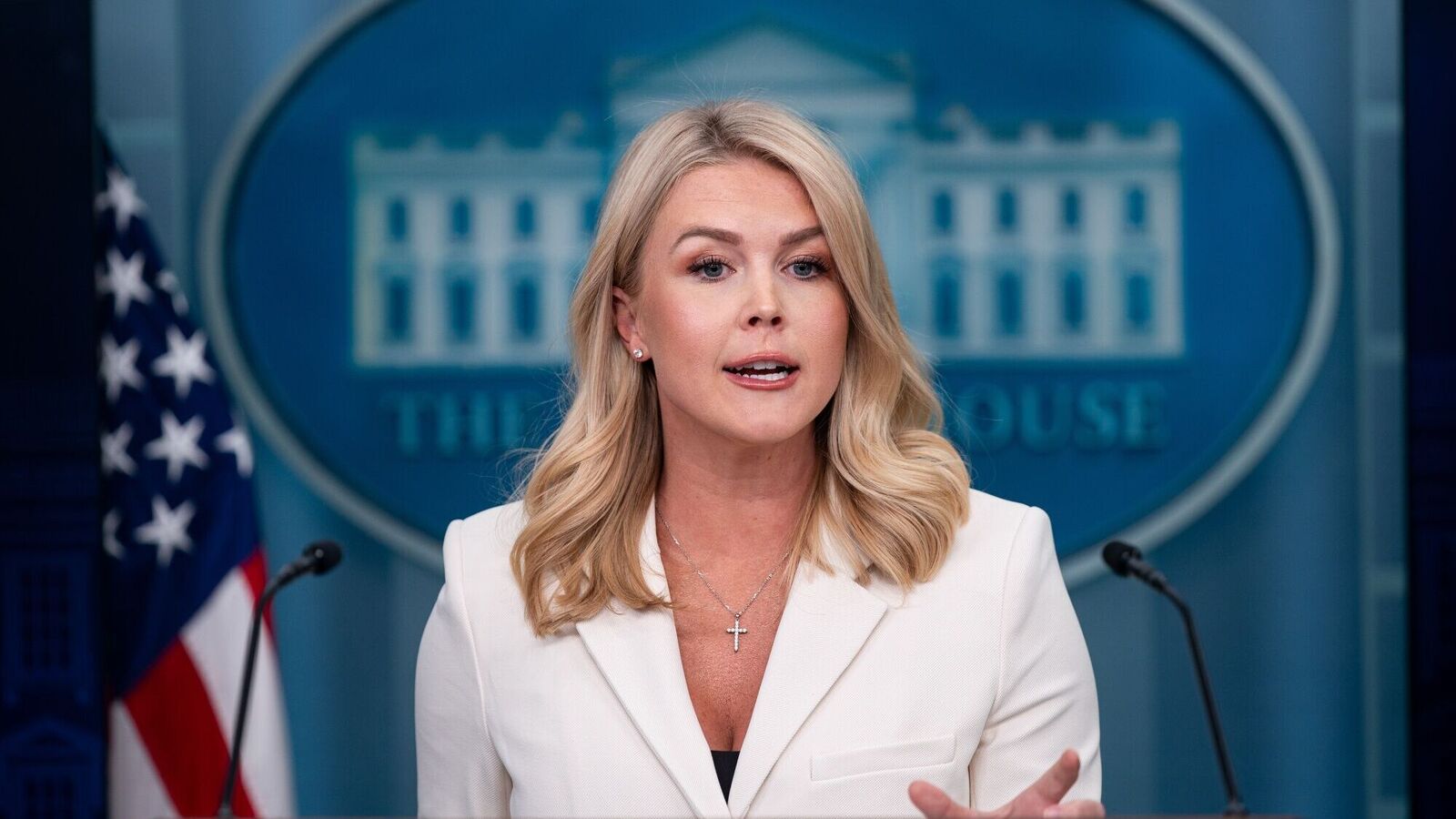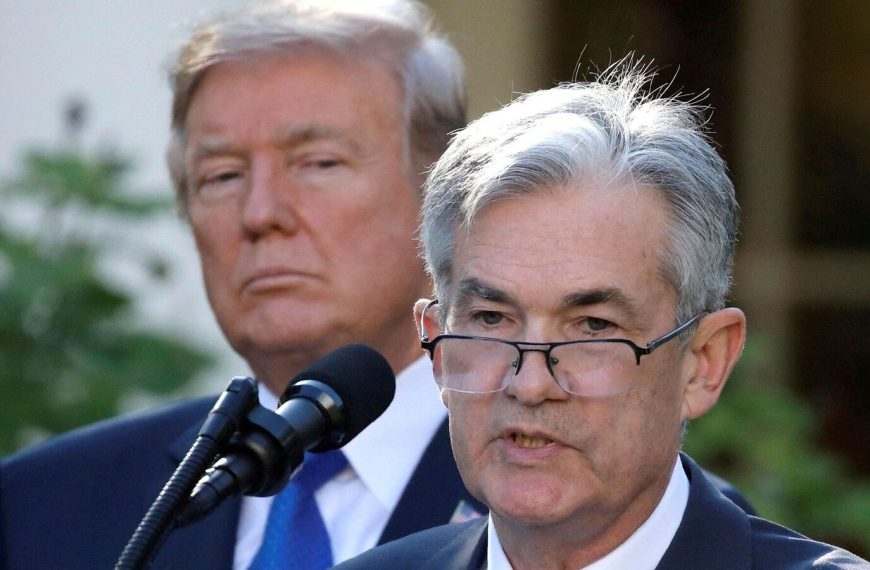On Tuesday, the White House made a strong statement regarding China’s recent decision to retaliate against U.S. tariffs, labeling it a significant misstep. White House Press Secretary Karoline Leavitt emphasized that when the United States faces challenges, it responds decisively. With a staggering 104% tariff set to take effect on Chinese goods, the administration is sending a clear message: they are ready to stand firm against unfair trade practices.
The Context of Tariff Disputes
This announcement follows China’s introduction of 34% retaliatory tariffs on American exports, a response to President Trump’s proposed reciprocal tariff policy announced on April 2. Leavitt underscored the seriousness of the situation, indicating that these tariffs are part of a broader strategy to protect American jobs and industries.
- Key Points:
- 104% tariffs on China set to begin.
- China retaliated with 34% tariffs on U.S. goods.
- The trade conflict intensified after Trump’s April 2 announcement.
Criticism of China’s Trade Practices
Leavitt did not hold back in her criticism of China’s trade policies, arguing that they have exacerbated economic difficulties for U.S. workers. She stated, “President Trump has made it abundantly clear that the era of American economic surrender is over.” The administration is determined to prevent American businesses from being exploited by what they deem unfair trade practices that have led to job losses and community decline.
Trump’s Stance on Negotiations
Despite the escalating tensions, Leavitt indicated that President Trump is open to dialogue. While he has no plans to delay or extend the tariffs, he is “willing to pick up the phone and talk.” Since the announcement of reciprocal tariffs, nearly 70 countries have reportedly reached out to the administration to negotiate potential trade agreements.
Purpose Behind the Tariffs
The rationale for imposing tariffs extends beyond merely financial penalties. According to Leavitt, these tariffs aim to tackle both monetary and non-monetary barriers hindering American trade. The goal is to level the playing field for U.S. businesses facing unfair competition. The administration views these tariffs as a necessary step to safeguard American jobs and rectify trade imbalances.
- Additional Insights:
- New tariffs are aimed at correcting unfair trade practices.
- The strategy encompasses a comprehensive approach to trade negotiations.
Conclusion
As the trade conflict continues to unfold, the White House remains resolute in its approach. By implementing substantial tariffs on China and remaining open to negotiation, the Trump administration aims to assert American interests on the global stage. The coming days will be crucial in determining how this economic standoff evolves and what it ultimately means for American workers and industries.
For those looking to stay informed, following updates on this situation is essential as it could have lasting impacts on both the U.S. and global economies.











